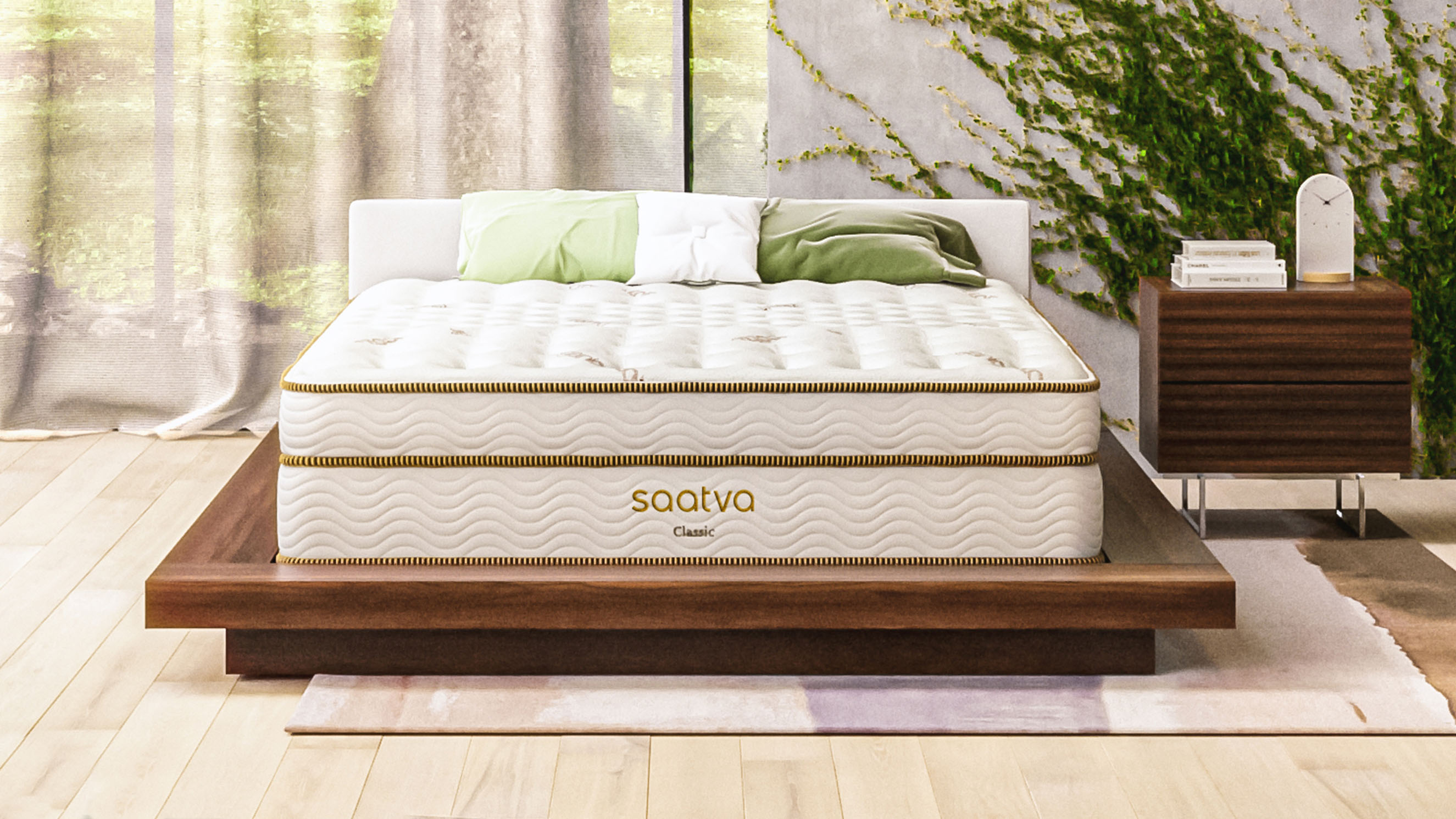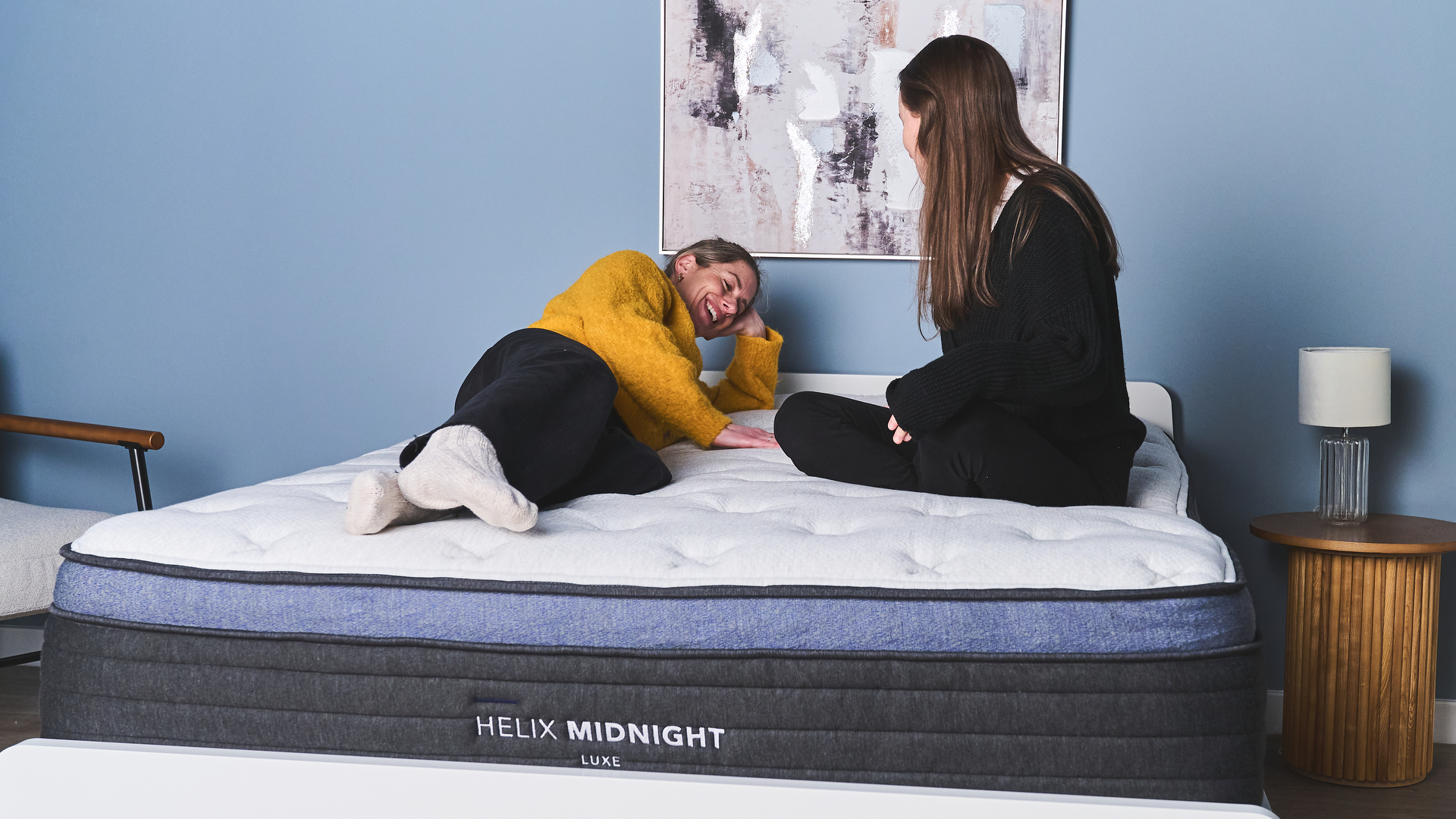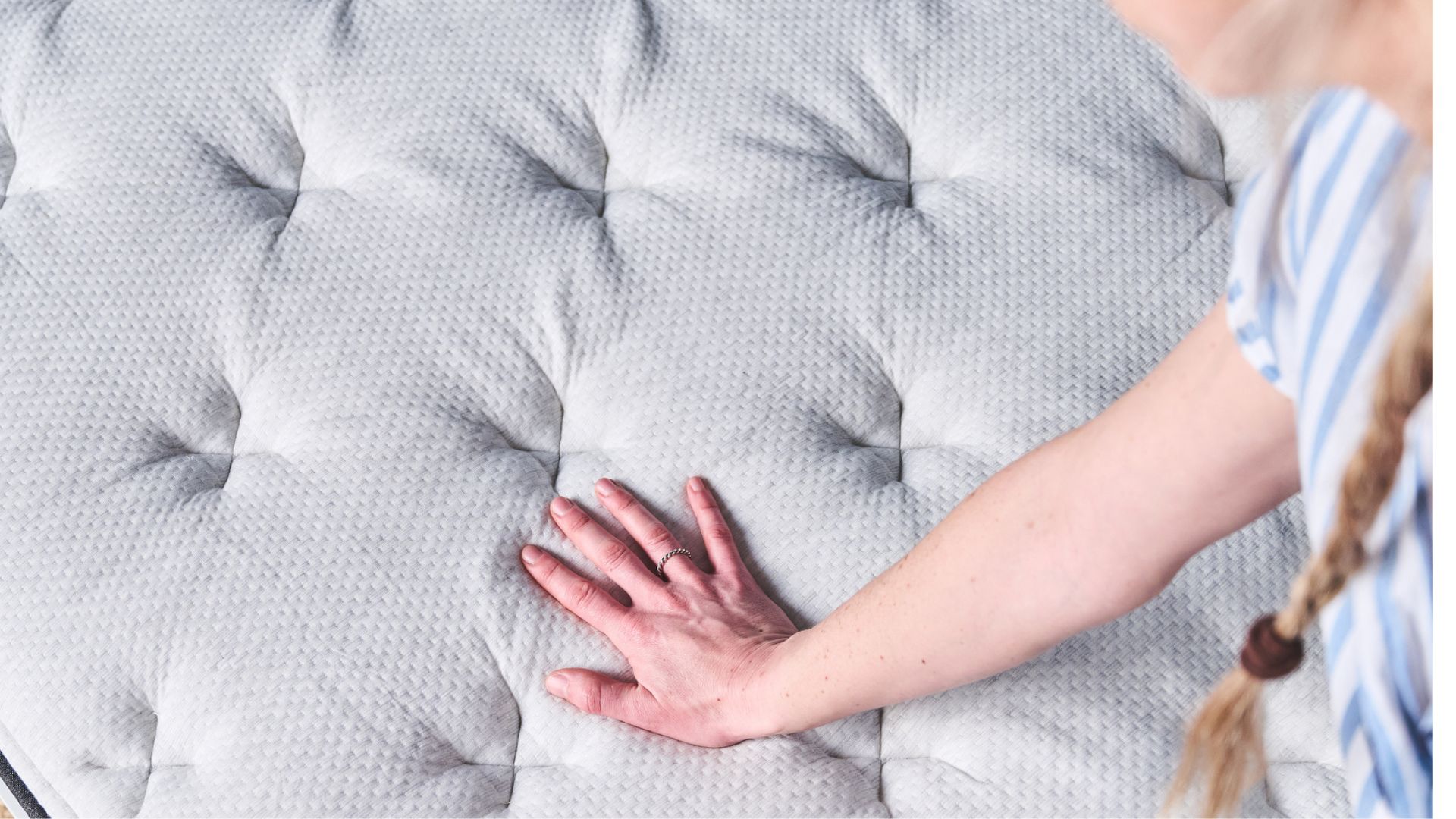
Navigating the world of mattresses to find the perfect bed can be complicated, so let's start with the basics: what type of bed do you need? Memory foam and hybrid mattresses are the two most popular types on the market, but in this guide, we'll explore why hybrid, not all-foam, might be right for you.
There are multiple hybrids in our guide to the best mattresses of 2024, and this bed type is known for its strong edges, consistent support, and cooler sleep feel. They're good for anyone who finds the hug of all-foam to be confining, plus those who sit on the side of the mattress to get ready in the morning.
With the Labor Day mattress sales well underway, now is a great time to invest in a new bed. And in this guide, we're going to explore why that new mattress might be a hybrid. Plus, we'll round up some of the best deals to shop today.
What is a hybrid mattress?
Hybrid mattresses combine springs with cushioning materials, and this multi-layered build is a popular bed type. The springs, typically found at the base of the mattress, give hybrids some bounce plus strong support. On top of the springs sits the cushioning. This often consists of foam (such as memory foam or latex), but materials such as wool can also be used in the comfort layers.
Memory foam mattresses don't contain springs — instead, it's all foam all the way down. These beds tend to have more of a sink-in feel, and without the springs, they're less bouncy. Both mattress types are hugely popular, but in this guide, we'll explore the advantages of choosing the best hybrid mattresses.
5 signs you need a hybrid mattress, not a memory foam

1. You don't like feeling 'hugged' by a mattress
Memory foam is know for its distinctive 'hug', the feeling you get when you sink into the bed and the material contours to your shape. For some, this is a soothing sleep experience. For others, it's like being trapped in the mattress.
While many hybrid beds do feature an upper layer (or layers) of memory foam, the springs below mean you never feel like you're sinking straight through the mattress. And even though you don't have the same deep contouring, hybrids can still deliver an immediate hit of comfort (plus a range of firmness levels).
2. You want a bed with some bounce
Hybrid mattresses aren't quite as responsive as a traditional innerspring, but they do have more bounce than most all-foam beds. This is particularly good news if you like to move around in the night, as the lack of 'hug' means you can adjust your position without feeling stuck.
The bounce also means the bed can maintain support as you move around. While it might take a while for a slow-moving foam to properly support your new position, a hybrid will quickly respond to your movements with the springs providing consistent support.
3. You're overheating at night
The open springs of a hybrid mattress provide plenty of space for air to move around. This means less heat gets trapped, leading to a cooler overnight experience. And as body temperature naturally lowers as you get tired, a cooler bed is easier to fall asleep and stay asleep in.
As a general rule, hybrid mattresses are cooler than memory foam beds. Memory foam mattresses need specialist cooling tech to keep temperatures down (you can see a few examples in our best cooling mattress guide). Hybrids are naturally better at regulating heat.

4. Your hips are sinking through the bed
Hybrid mattresses have springs all across the bed, providing head-to-toe support. For back and stomach sleepers, this helps keep the hips and lower back at a neutral angle, minimizing discomfort. Memory foam mattresses can support this sleep style, but they tend to need a firmer build or enhanced lumbar support. The sturdy support of springs also means hybrids tend to be better mattresses for heavy people.
5. You feel like you're going to roll off the side
Edge support refers to how sturdy the mattress is around the perimeter, and it tends to be an area where hybrid beds excel. There are multiple methods hybrid mattresses can use to enhance edge support, including reinforced coils at the side and foam railings around the edges. It's harder to add edge support to an a memory foam mattress, so all-foam beds tend to have more sink at the sides.
If you need to push against the side of the mattress to boost yourself out of bed in the morning, then choose a hybrid with good edge support. It's also beneficial if you share a bed and want to use the entire surface of the mattress — all the best queen size mattresses have reliable edge support.







